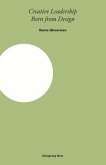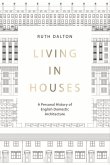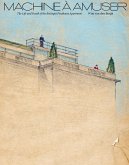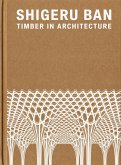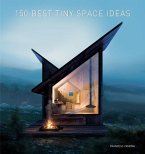Our relationship with our homes changed in 2020 when the pandemic known as Covid-19 led to enforced periods of self-isolation, called 'lockdown'. We got toknow our living spaces intimately and learned the greatest risk of infection was indoors through the breath we shared in poorly ventilated spaces, where microbial atmospheres could work their way inside, through every door, window and with every visitor. Our fear of such invisible threats will persist long after the pandemic ends and reflects a growing divide between the human and the microbial realm. This book examines the notion of the home in the context of the pandemic and lockdown, as they relate to environmental concerns and how we live with viruses and bacteria. It argues that, in order to decrease our vulnerability to infective agents, we need to acknowledge the link between people, space, daily routines and microbes and explore how the predominantly benign microbial world might be harnessed to combat and boost our immunity to future pathogens. Suggesting more than environmental home improvements, it explores new innovations and new materials which incorporate microbes for more ecological designs, such as ceramic tiles, concrete bio-receptive surfaces, building skins, fabrics, waste management and alternative energy supplies. A series of drawingswhich reveal the evolution of microbial technologies, infrastructures, spaces,dwellings, and architectures sets out a prototype for an ecological home forpost pandemic times. Identifying the lessons that COVID-19 has brought us, the book highlights the need for humans to consider and take microbes into account in future built environments.
Hinweis: Dieser Artikel kann nur an eine deutsche Lieferadresse ausgeliefert werden.
Hinweis: Dieser Artikel kann nur an eine deutsche Lieferadresse ausgeliefert werden.


